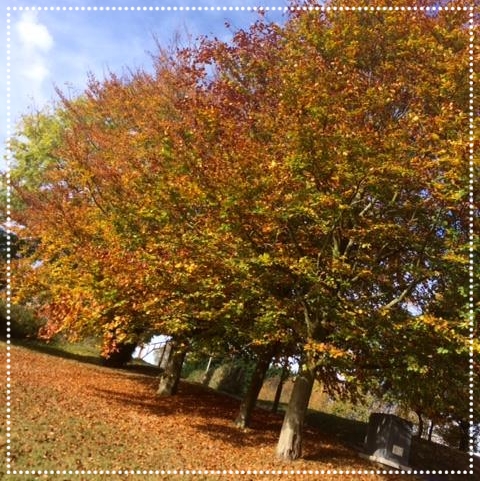A fall in the fall...?
As summer has definitely now given way to autumn we are being treated to what seems like a particularly spectacular display of changing colours amongst the trees and bushes. Greens are being swallowed by oranges, yellows and bronzes for this short time before they fall and we enter the colder, harsher winter months. This is the time of year when we pull out those winter coats and gloves and realise our boots are no longer waterproof, when the risk of slips and falls from those fallen leaves is evident and hypothermia becomes a possibility, particularly for the young and elderly.
Children’s bones, as they are still growing, tend to be softer than adults’ and as such less likely to snap. However, they can bend and buckle, which is still very painful and requires medical intervention. Breaking or bending a bone usually requires some kind of impact, so a fracture should be considered in anyone who has taken a tumble and is experiencing pain. There may also be some restricted movement, they may feel shaky, nauseous, dizzy and may look pale. It’s worth bearing in mind that sometimes pain can be referred away from the actual injury site, so be gentle with the joints above and below the area of concern, particularly when you’re dealing with an injured child. Asking a casualty to move a hurting limb to try and ascertain the extent of the injury can backfire, as not all fractures will impede movement, so may give you false reassurance, or it may make the injury worse.
As first aiders we are trained to act on what we can see and to seek help when appropriate, so take time to assess how the casualty appears – are they pale? Clammy? Are they in an awkward position or guarding an area? Look at the injury – is it swollen? Is there bruising? Compare an injured limb to the other, non-injured one, do they look the same?
If in doubt about the extent of an injury, don’t move it unnecessarily. Protect the casualty from the cold (especially if they are now lying on the cold wet ground!). Support it with clothing or find blankets and coats to support it with and get it checked at your local A&E department.
This is particularly important when it comes to elderly casualties as our bones become more brittle the older we get, leaving more senior casualties with a higher risk of fractures. They may not want to make a fuss and could be playing down the extent of their pain, so please be more inclined to take them along to hospital.
As the old saying goes, prevention is better than cure, so as the weather is set to become wetter and colder, wrap up warm, watch your step and stay safe.
Let those autumn colours be orange and gold, not black and blue!



